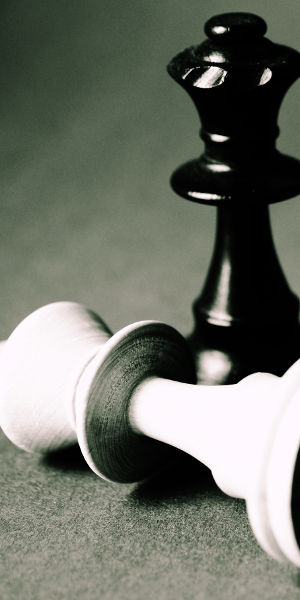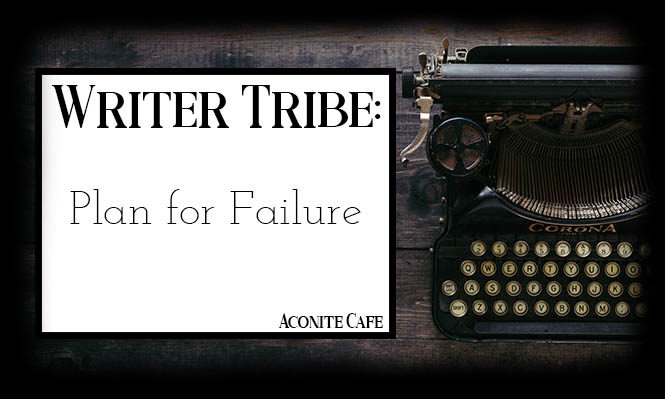I know, I know. I can hear the objections now. What do you mean plan for failure?
The point here isn’t to ask or hope for failure. The point is to have a plan for when failure happens because failure is inevitable. My reason behind this is simple—failure is merely the byproduct of pushing yourself to your limits. If you’re not failing, you’re not trying new things. Wouldn’t you rather plan for when failure comes than be surprised and setback for months? Trust me, I’ve been there in the pit of despaired questioning why I bothered to try in the first place.
What is a Personal Recovery Strategy
 A Personal Recovery Strategy is a way to prepare yourself for that inevitable failures down the road. Failures are a good thing if you’re prepared. Failures are learning opportunities. What’s more by having a recovery strategy, you minimize the time spent recovering before getting back in the game.
A Personal Recovery Strategy is a way to prepare yourself for that inevitable failures down the road. Failures are a good thing if you’re prepared. Failures are learning opportunities. What’s more by having a recovery strategy, you minimize the time spent recovering before getting back in the game.
One of the best examples would be to examine a professional sports team. They don’t sit around for days complaining about how they lost and not knowing what to do next. Knowing what to do next is key. They follow the plan, prepare for the next game, examine their failures to learn, and get after it in practice so they win the next match.
The point here is they have a plan for what to do after failure. When they lose a game, they move on the same way they would if they won. They continue practicing and examine their performance for learning opportunities.
My Personal Recovery Strategy
I wrote my personal recovery strategy yesterday, and I’d like to share it with all of you—hopefully you can learn from mine and make your own Personal Recovery Strategy. Yours doesn’t need to look like mine. Hell, it doesn’t even need six steps. You should make one that fits your personality. However, if you like mine feel free to use it.
This is my personal recovery strategy for when I get knocked down. Because I will fail. If I don’t fail, it means I’m not growing. Failure just means I’m pushing myself to my limits.
The purpose of the recovery strategy is to get my mind back to a productive place and start working.
Step 1
Take a step back. Go on vacation, or something to space out and get away from work. The time I step away should be in relation to how big the setback was.
However, there should be a hard time limit established before stepping away. If possible, plan ahead of time when launching a new venture. Be prepared for failure, I’ll enjoy the success all the more for it.

Step 2
Evaluate the learning opportunities within the failure. Remember that failure is a by-product of pushing myself to my limit, and it’s only at the limits of knowledge that learning occurs.
Take notes and create an action plan of how to use the learning opportunities.
Step 3
Get back to work. Start off with the question, “Can I Just?” Set micro-commitments (5 minutes or fewer). The point is to get myself to say yes. Build back up from there.
At this stage I’ll be back on track.
Step 4
Commitment-buddy check-in. This is where I rely on outside feedback to put my success or failure into perspective. Ideally this is a mentor (I still need to find mine).
Listen to their feedback, and re-adjust my outlook to be more in line with reality, and less pessimistic. Remind myself I always feel like a total failure after I fail to hit my goals. It’s normal and it will go away. Rely on others to help that feeling pass faster.
Step 5
Set new goals! I should do this with a mentor, so that there is a level of accountability, and an outside judge to keep track with me.
Set 2-3 goals. One of which needs to be a goal that I’ve achieved in the past, or an equivalent.
Step 6
Celebrate success! This is where I thank my mentor and reward myself. This can be a trip, a cool new toy, etc… the point here is to remind myself that I’m capable, and that I deserve the success I’ve achieved. My skill set isn’t going away, and any setback is only temporary!
Originally Posted on NAKBaldron.com



Leave a Reply